-
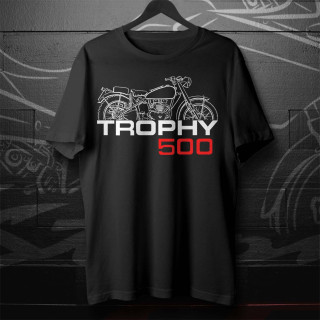 T-shirt Triumph TR5 Trophy 1949-1974
T-shirt Triumph TR5 Trophy 1949-1974 -
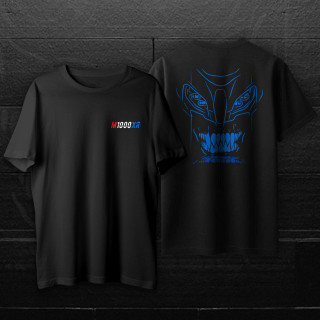 T-shirt BMW M1000XR 2024
T-shirt BMW M1000XR 2024 -
 Hoodie Husqvarna Norden 901
Hoodie Husqvarna Norden 901 -
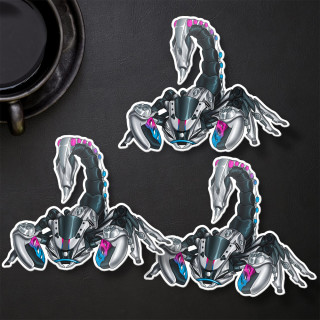 Stickers Yamaha YZF-R7 Scorpion - Set of 3 2022-2024
Stickers Yamaha YZF-R7 Scorpion - Set of 3 2022-2024 -
 T-shirt Kawasaki Versys 1000
T-shirt Kawasaki Versys 1000 -
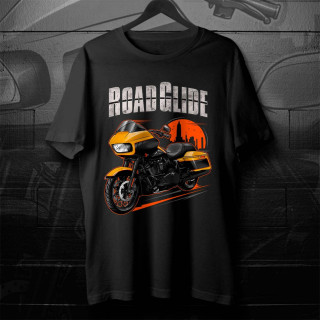 Harley-Davidson Road Glide Special FLTRXS T-shirt | 2015-2023
Harley-Davidson Road Glide Special FLTRXS T-shirt | 2015-2023 -
 6 Hoodie + 6 T-shirts
6 Hoodie + 6 T-shirts -
 BMW R1200 RT T-shirt 2010-2013
BMW R1200 RT T-shirt 2010-2013 -
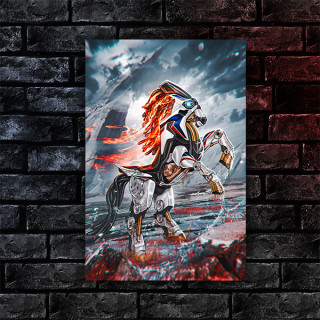 Motorcycle Poster Honda Africa Twin CRF1000L Mustang | 2016-2019
Motorcycle Poster Honda Africa Twin CRF1000L Mustang | 2016-2019 -
 Hoodie Harley-Davidson Iron 883 Beast | 2009-2022
Hoodie Harley-Davidson Iron 883 Beast | 2009-2022
The late-1980s was a difficult period in terms of style and BMW was completely in tune with the times when it brought us its vision of the future with the K1.
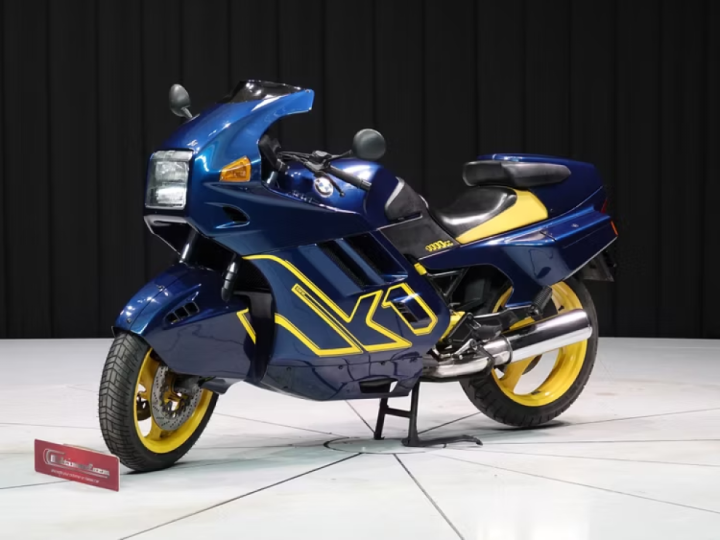
By the 1980s, BMW's boxer-twin horizontally-opposed engine was beginning to look very long in the tooth and the company's image was too staid to attract a younger generation of motorcyclists.
In addition, European legislation on exhaust emissions was about to get much tighter and the boxer engine would have a tough time meeting them. Of course, that all seems so premature now, given that the boxer engine is still with us and shows no signs of going any time soon.
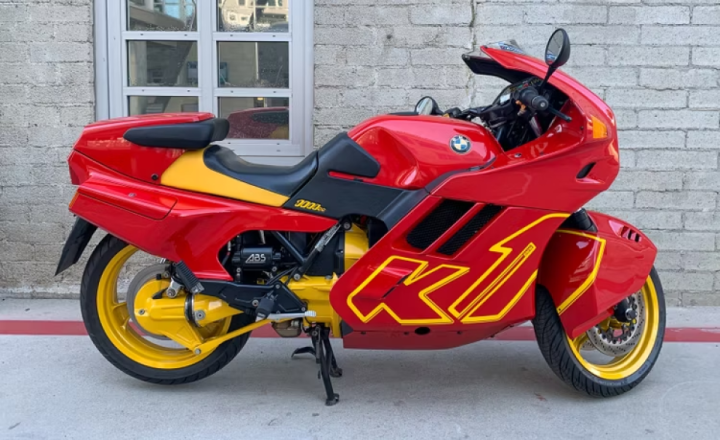
But that was the prevailing mood and BMW's solution was predictably radical. The brand new K100 model used a four-cylinder engine, mounted on its side and longitudinally, with the crankshaft running parallel to the direction of travel of the bike on the right and the cylinder head on the left. The advantage of this was a similar low centre of gravity to the boxer-twin-engined models.
The K100 was very clearly a cruiser/touring machine, but BMW's marketing division desperately wanted a sports bike to appeal to a younger buyer and to change the perception of the company. The resulting K1 would certainly do that!
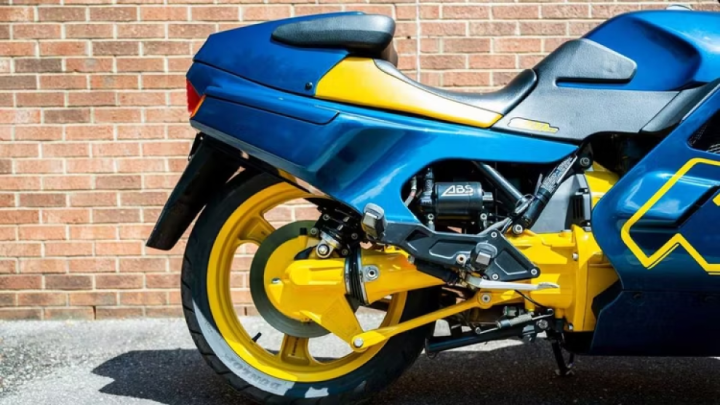
There was sound thinking behind the design of the K1. BMW was committed to the manufacturer imposed 100 bhp (75 kW) limit for motorcycles sold in Germany, so decided that to address both issues it needed to turn to aerodynamics to solve the problem.
At the 1988 Cologne show, the production K1 used a large and all enveloping two-piece front mud guard mated closely to a seven-piece main fairing, that included two small panniers. The resultant drag coefficient was 0.34 with the rider prone, the lowest of any production motorcycle in 1988. If the design of the bodywork was not radical enough, then the colour scheme of bright red or deep blue with bold yellow graphics was definitely different and stuck out like a sore thumb.
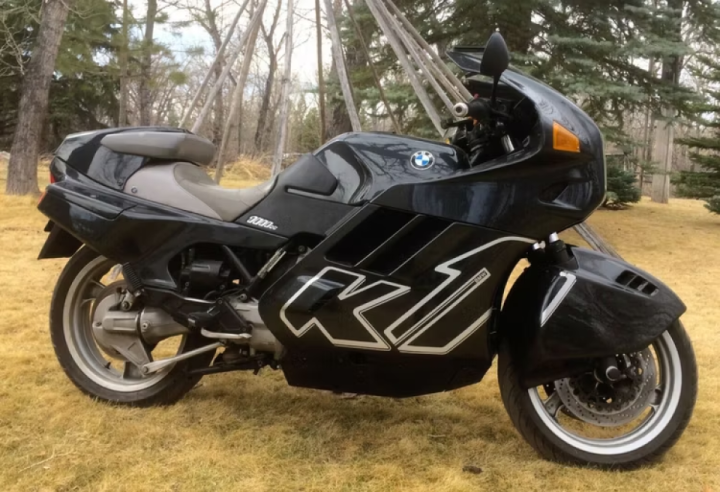
By the time the K1 was launched, it was striking in appearance but slightly disappointing in performance. Adding of the aerodynamic bodywork and the general upgrading of engineering and components added to the weight, which as a result came in as heavy for a sports bike at 234 kg (516 lb). The long wheelbase made the bike stable and, overall, the bike was an economical and comfortable sports tourer. But it was too underpowered for the weight so the performance was diluted.
The fairing trapped engine heat and, in some cases, burned riders. The problem was never properly solved. With weight being a problem, the fairing panels were made as thin as possible which left them prone to cracking.
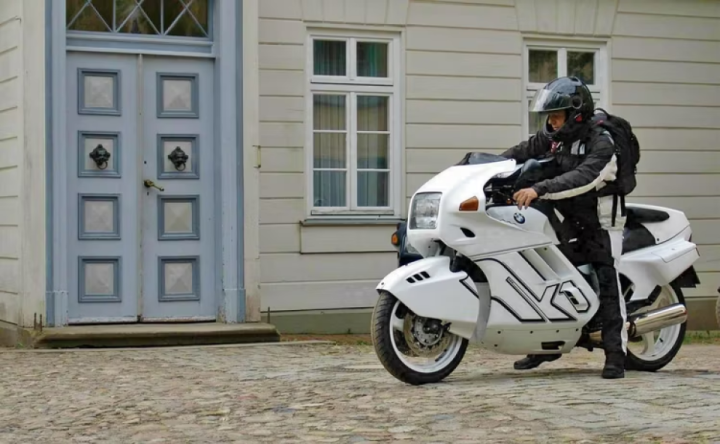
The engine, although well developed, suffered from secondary vibration. This was minimal in the three-cylinder K100 derived K75, and minimised in the K100 through introduction of well designed vibration suppression. On the sporting inspired K1, the engine was directly mounted onto the frame, which led to secondary vibrations problems at certain mid-range engine revolutions.
The final nail in the coffin of BMW's first sports bike attempt came with the introduction of the Honda CBR900RR Fireblade, which set new levels of performance and handling through light weight and a powerful engine that made the BMW (and, to be fair, every other sports bike on the market at that time) seem like a dinosaur.
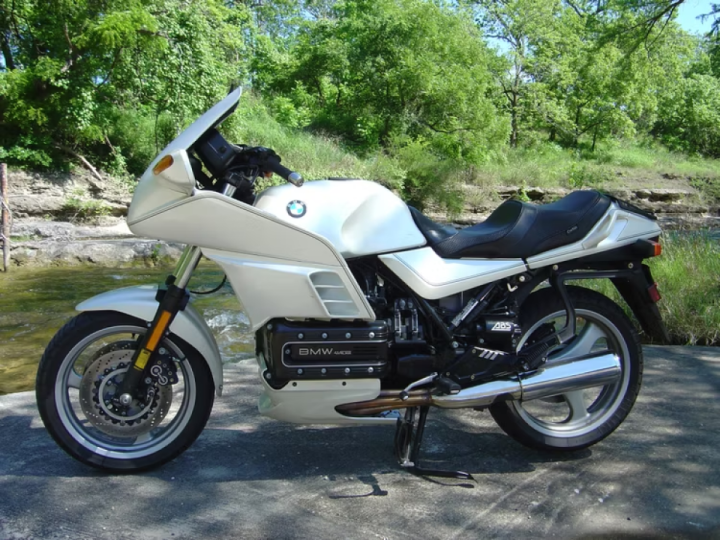
In five years of production (1988 - 1993), 6,921 K1s were sold and it remains a fascinating vision of how BMW saw the sports bike which was, as usual, completely different to how the rest of the motorcycling world saw it!
It was radical back then and is still radical today. But it was a vision of the future that no-one else shared.
#BMW #Moto #Bike #K1


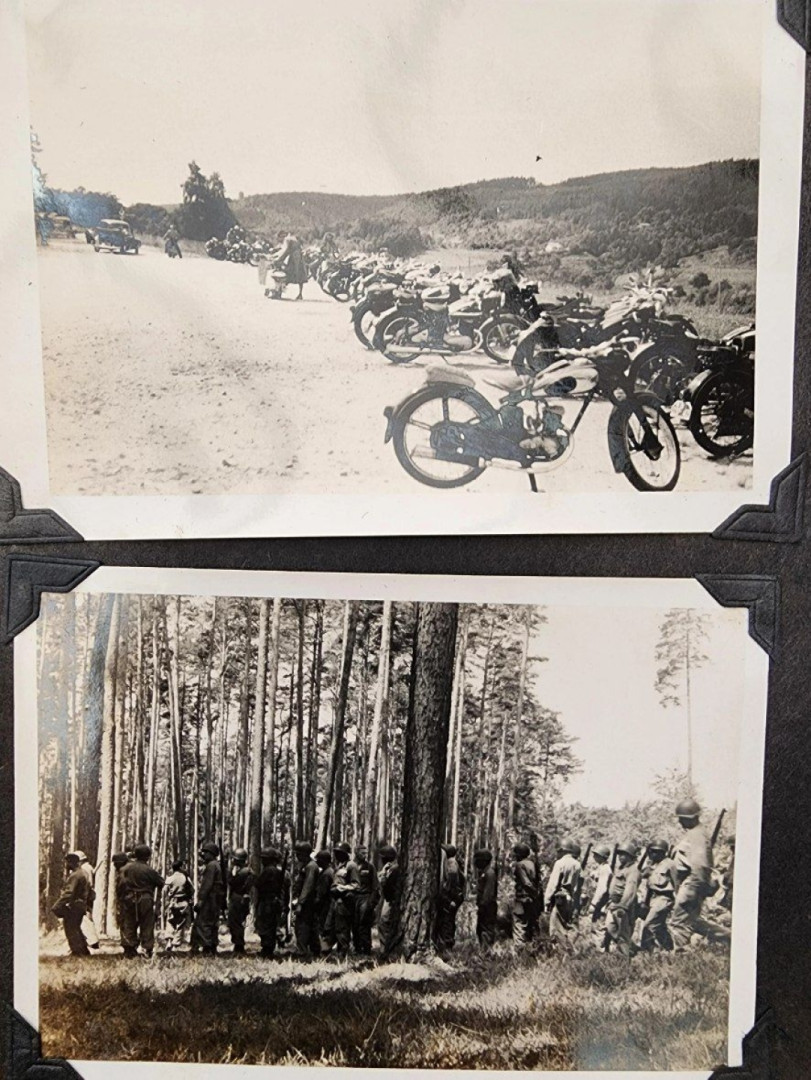

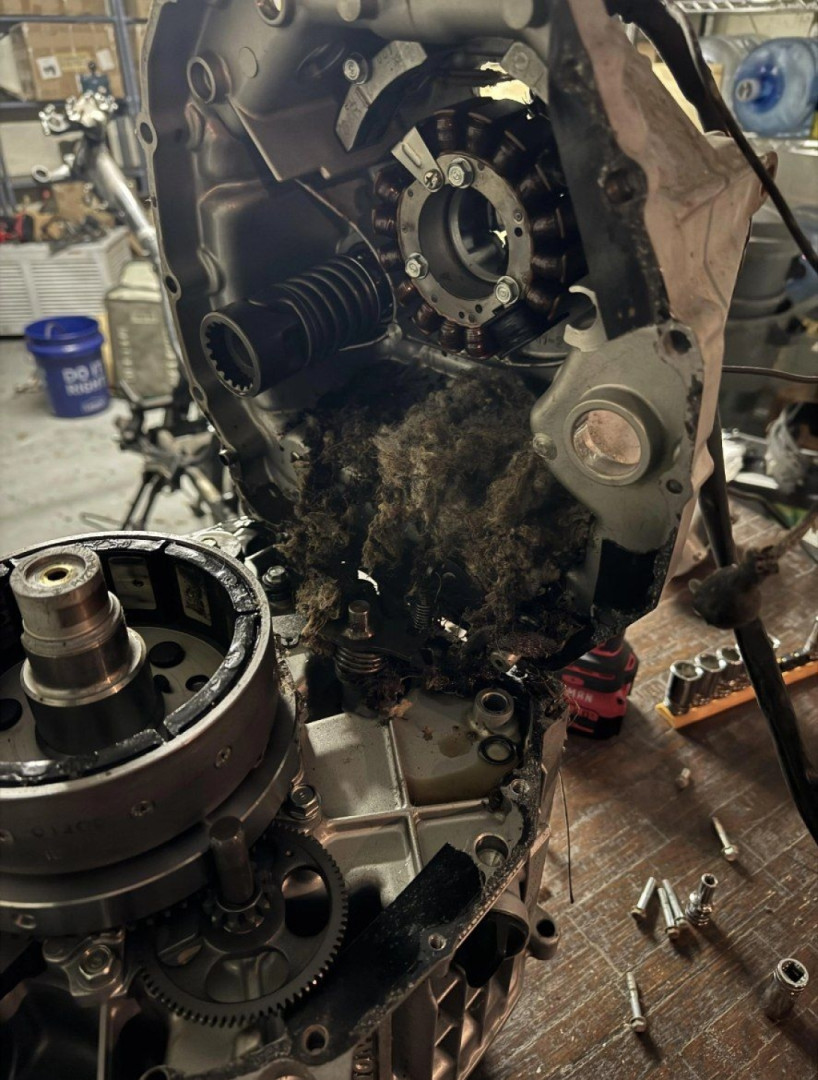
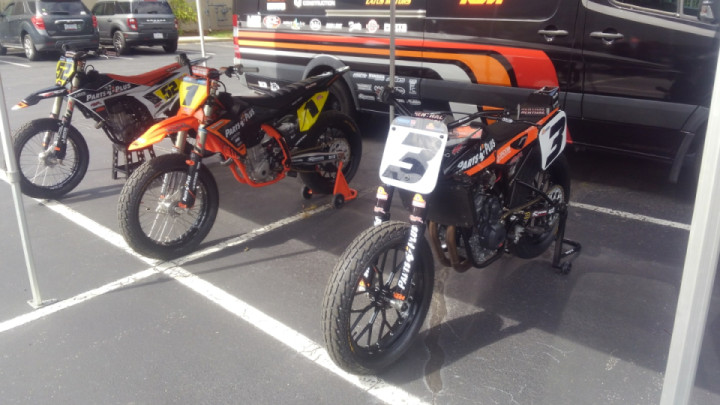
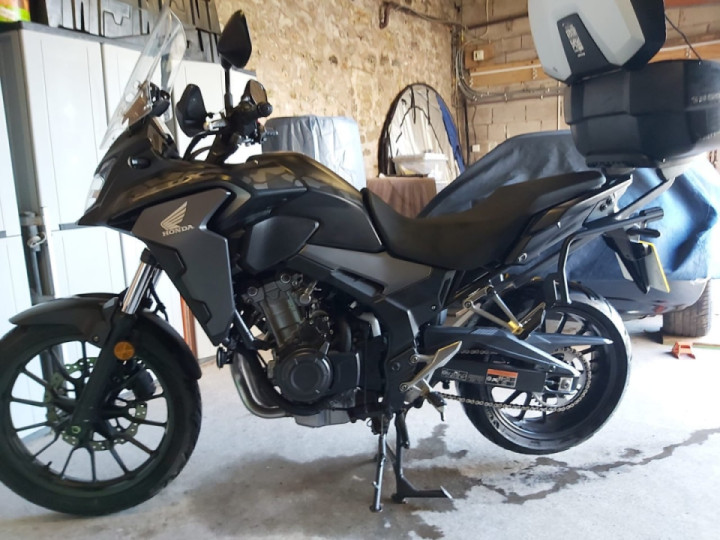
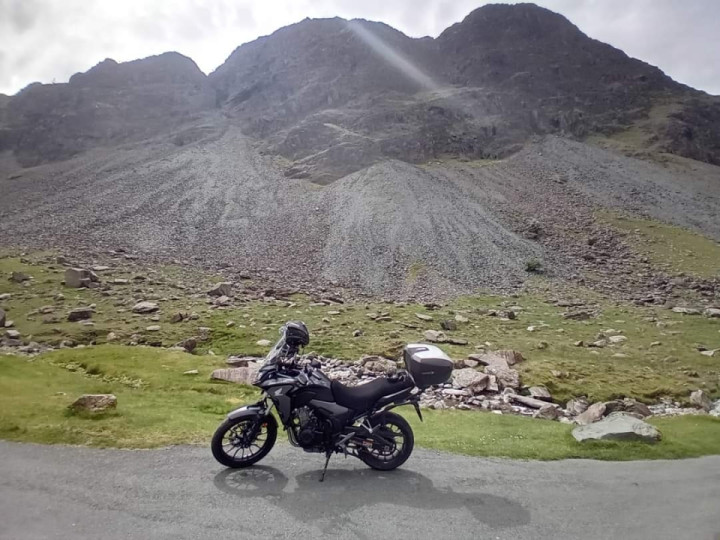
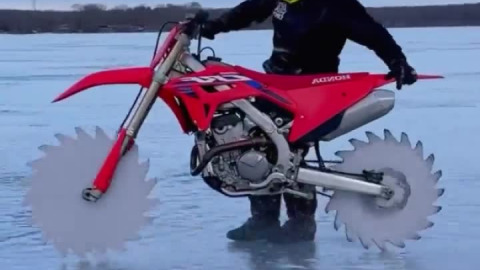
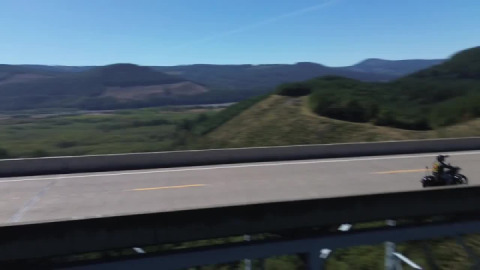
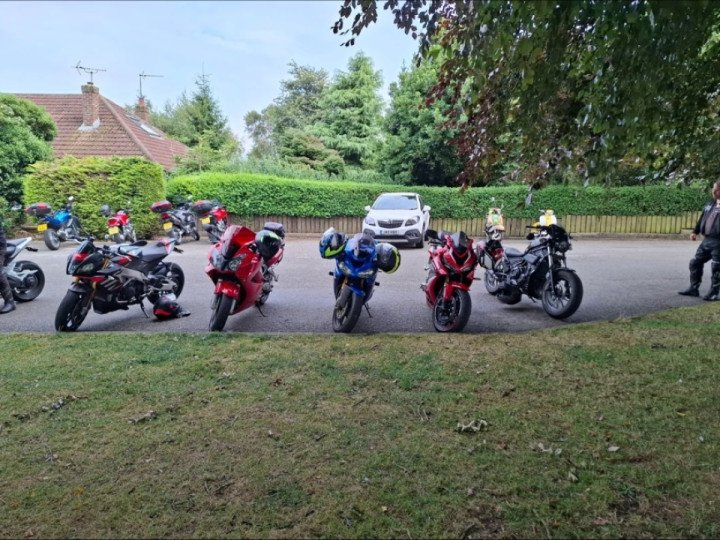
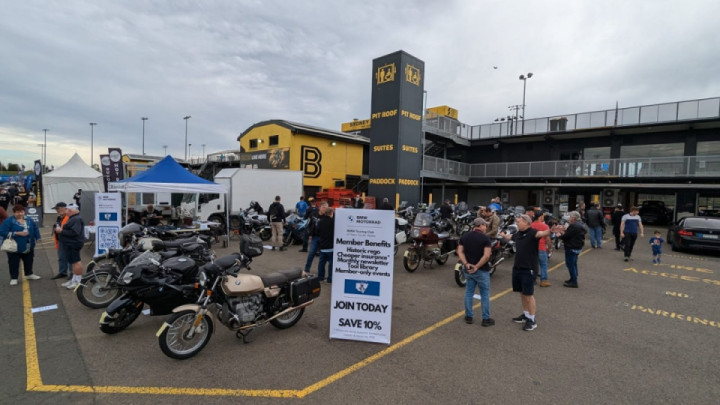
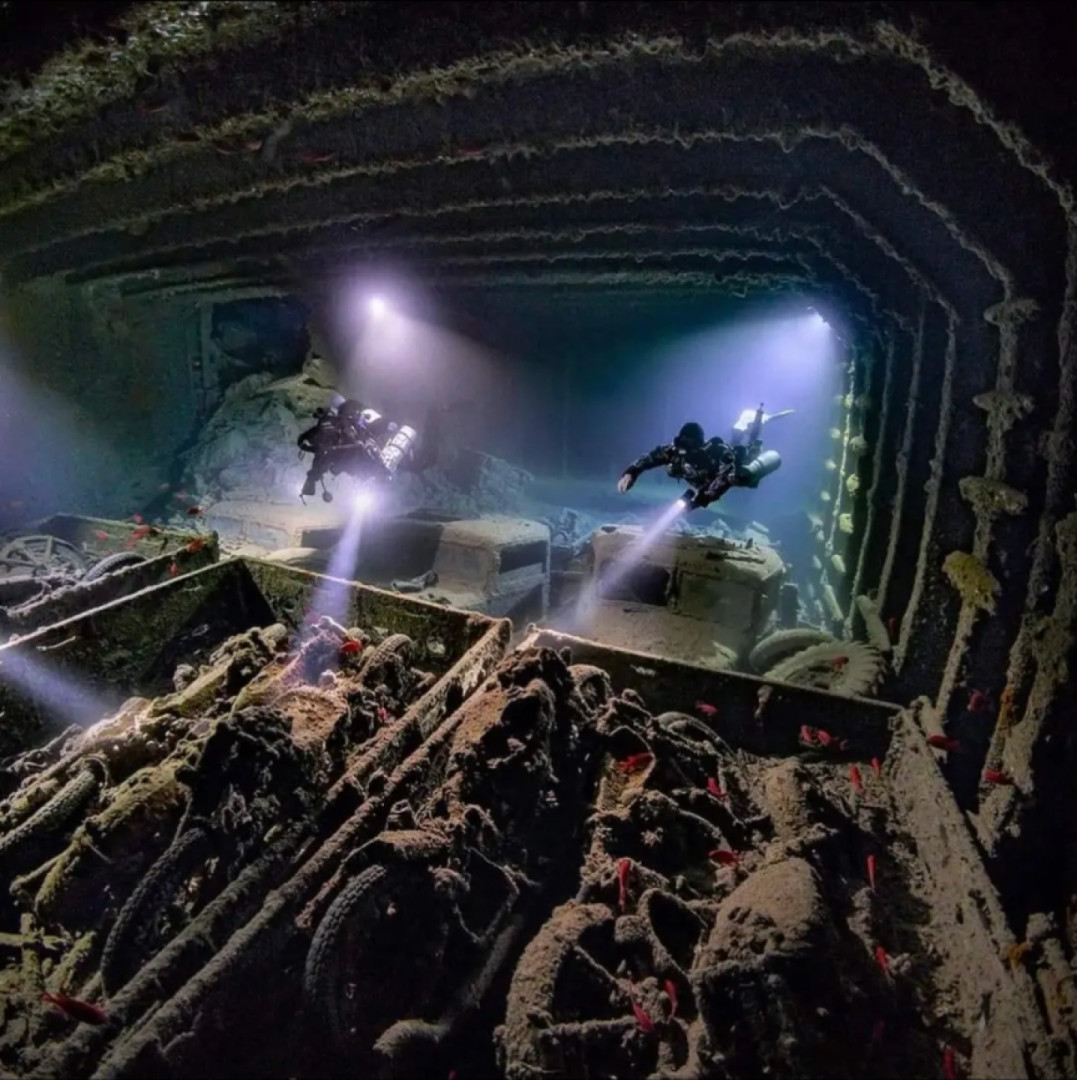
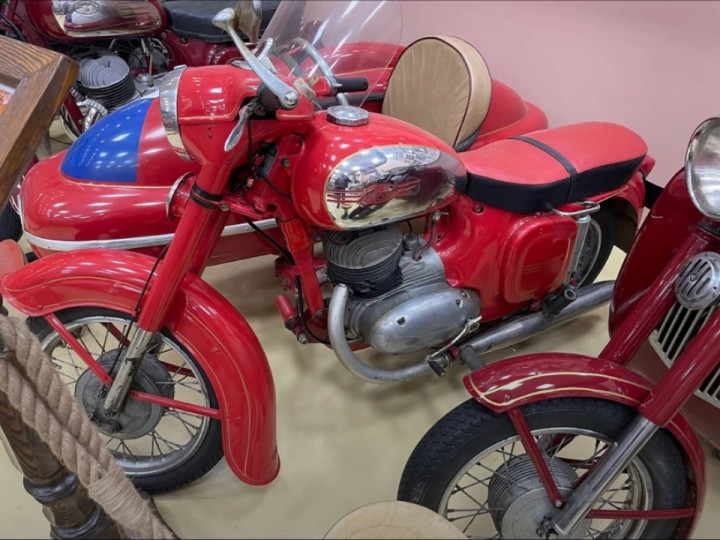
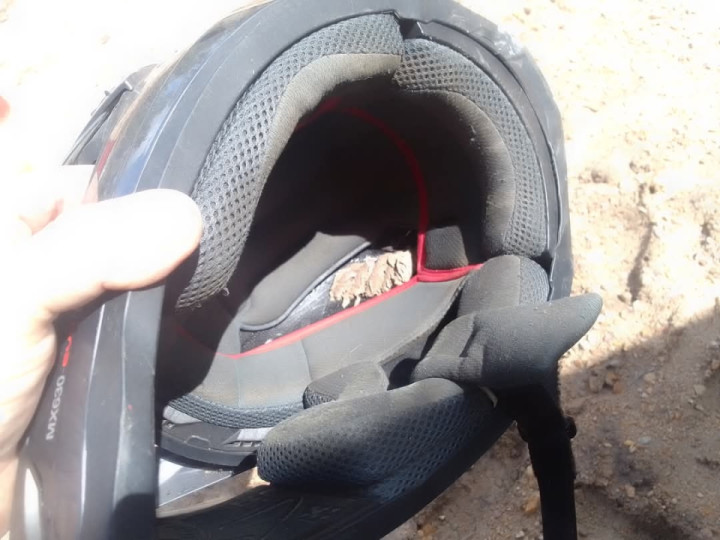
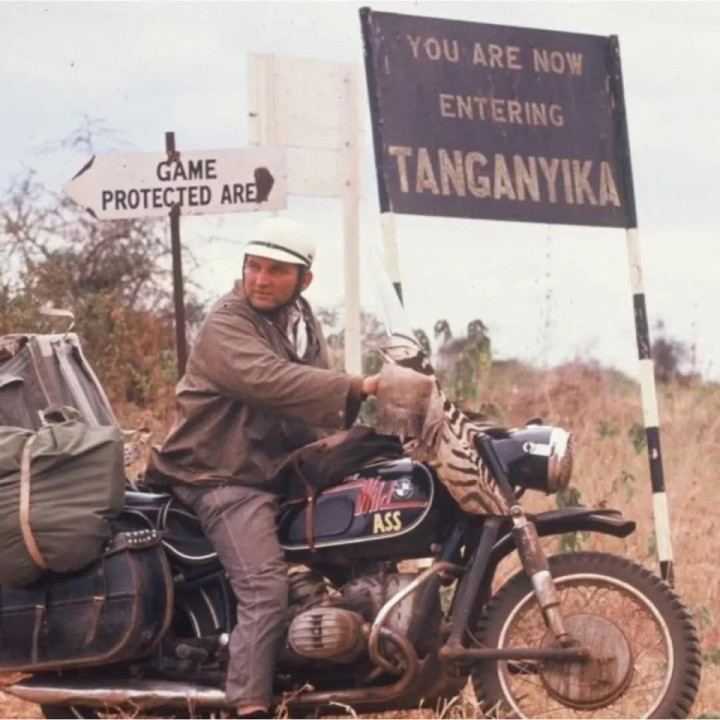
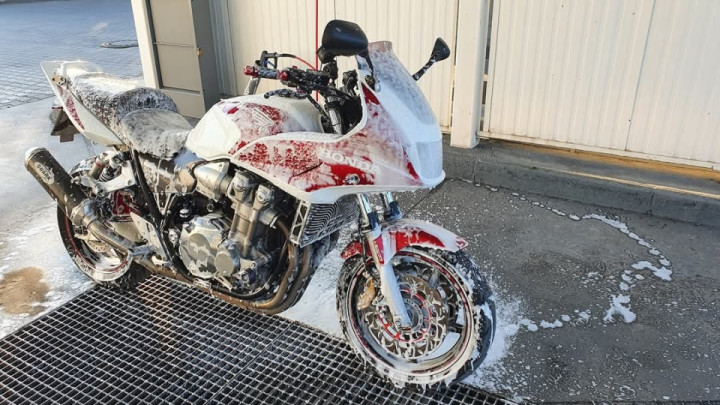
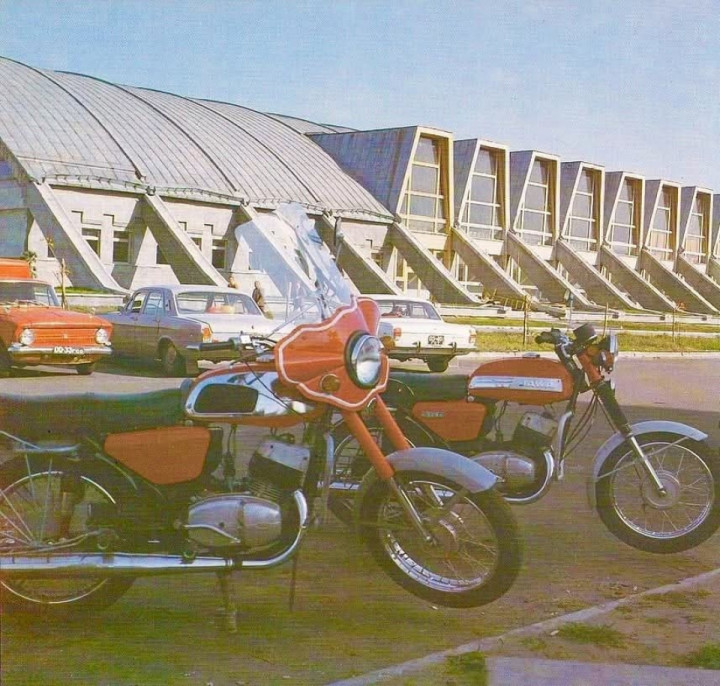
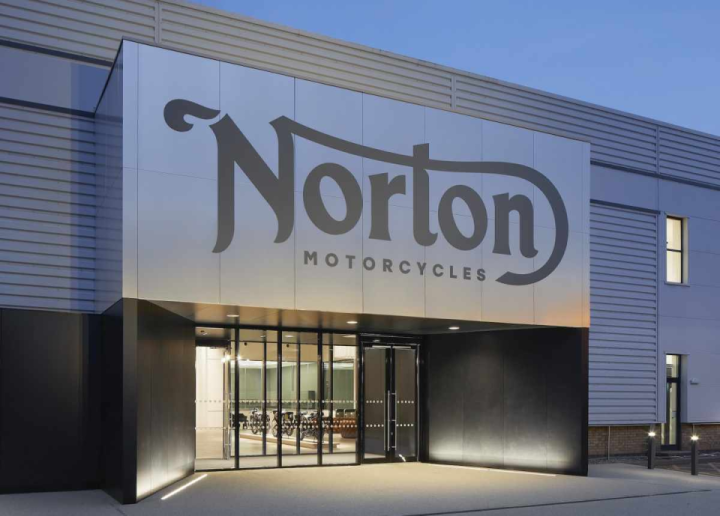
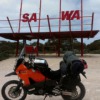
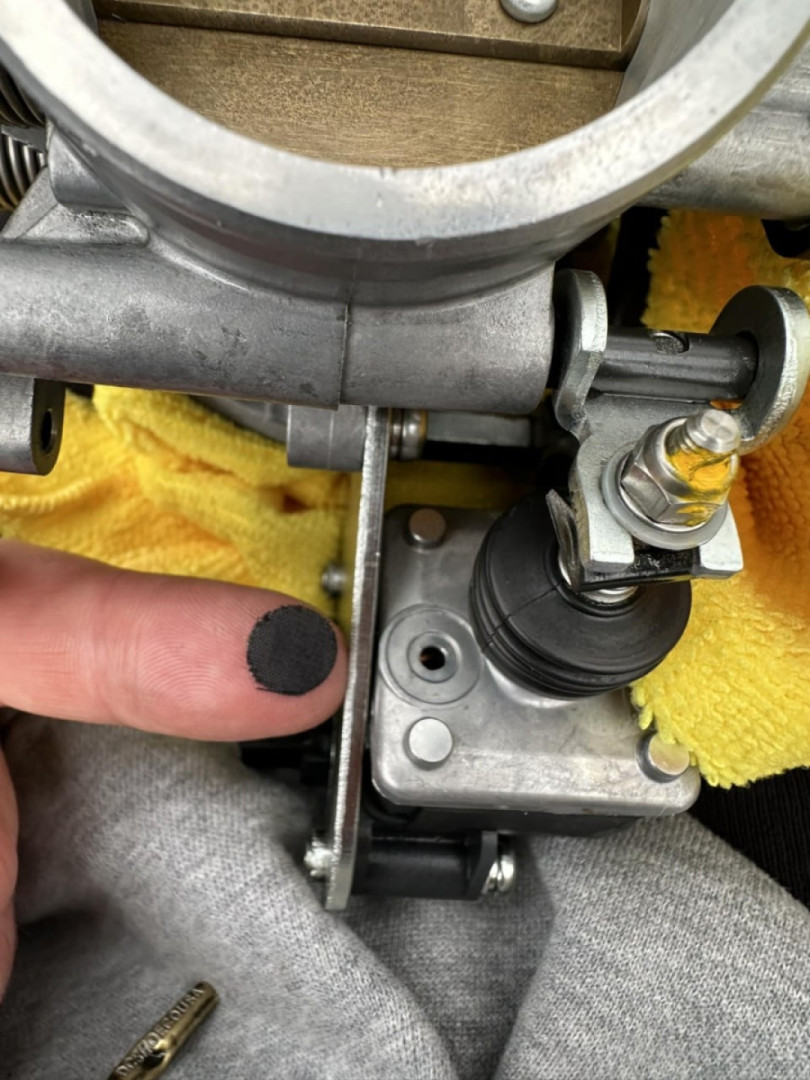
I fitted the K1 bodywork to my 16 valve KRS but retained the KRS
seat and panniers. I had front and rear suspension modified by UK
specialists Maxton and the end result was a bike that suited my
aspirations for speed and comfort well and I did many miles on it
touring Europe.